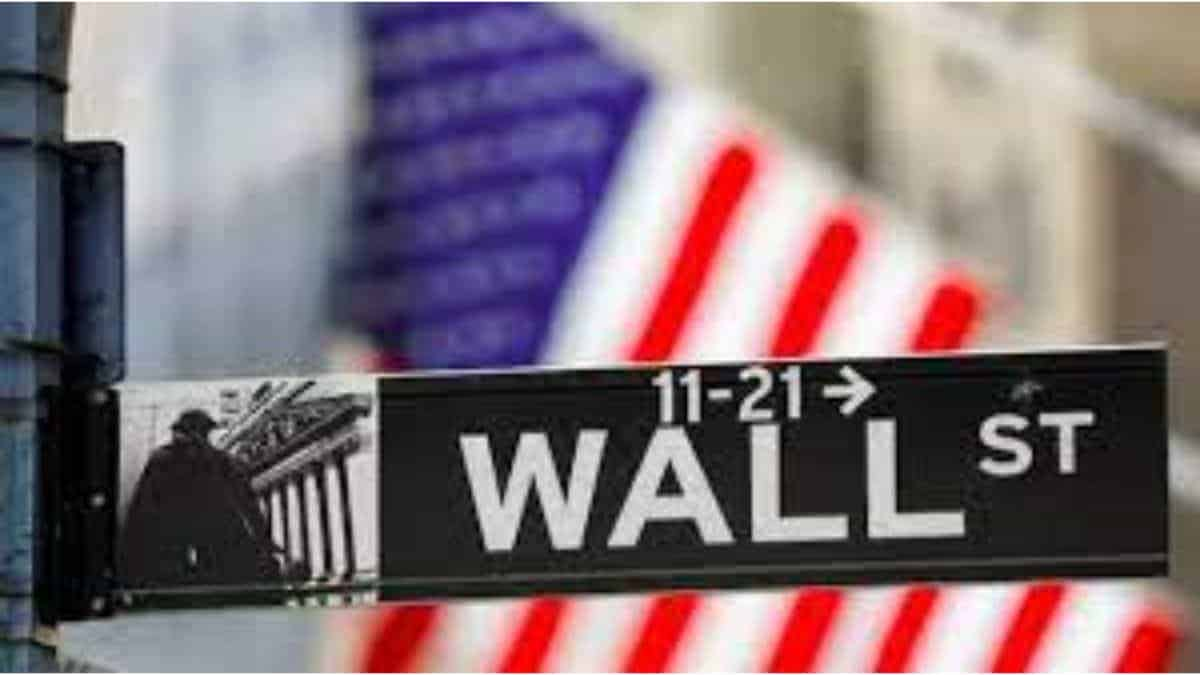US stocks slump as S&P 500 experiences its worst first-half decline since 1970

As per sources, Wall Street posted a lower session closing price on Thursday, capping up a disastrous month and quarter and the S&P 500’s worst first half in more than fifty years.
The S&P 500 experienced its biggest first-half percentage decline since 1970 as all three main U.S. stock indices ended the month and the second quarter in the red. The Dow experienced its greatest first-half percentage decline since 1962, while the Nasdaq experienced its largest-ever January-June percentage decline. All three indices saw quarterly decreases for the second consecutive time. The last time that occurred was in 2016 for the Nasdaq, 2015 for the S&P, and the Dow.

The year began with spiking cases of COVID-19 due to the Omicron variant. Then came Russia’s invasion of Ukraine, decades-high inflation, and aggressive interest rate hikes from the Federal Reserve, which have stoked fears of a possible recession.
As per the sources, the chief executive officer at Simplify ETFs in New York, Paul Kim stated that the inflation and slowing GDP have been at odds with one another all year as policymakers tried to strike a balance between tightening financial constraints to address inflation fears and keeping a lid on panic. He believes that a recession is very certainly already underway; the only remaining question is how severe it will be.
The publication of economic data on Thursday did almost nothing to relieve such worries. Consumer spending slowed, disposable income decreased somewhat, inflation remained high, and unemployment claims increased slightly. While a peak seems to be set in March, the graph below shows the year-over-year rise of core inflation indices, all of which indicate that they are still rising considerably over the Fed’s average annual rate.
As per the preliminary data, it states that the Nasdaq Composite lost 146.95 points, or 1.31 percent, to conclude at 11,030.95, while the S&P 500 lost 32.58 points, or 0.85 percent, to end at 3,786.25 points. To reach 30,809.70, the Dow Jones Industrial Average dropped 219.61 points or 0.71 percent. Energy is the only one of the S&P 500’s 11 major sectors to have grown so far this year, thanks in part to a spike in crude prices brought on by supply fears related to the conflict between Russia and Ukraine.
Furthermore, we also came to know that the S&P 500 registered its greatest June percentage decrease since the financial crisis, while all of the major stock indices posted monthly losses. In the next weeks, the second quarter reporting season will start, and 130 S&P 500 businesses have already made pre-announcements. According to Refinitiv data, 45 have been positive and 77 have been negative, producing a negative/positive ratio of 1.7 which is greater than the first quarter but weaker than a year ago.
Market investors will be paying careful attention to future guidance due to concerns that inflation may reduce consumer demand and jeopardize profit margins. The opioid settlement with Florida and a decline in U.S. pharmacy sales due to dwindling demand for COVID-19 immunizations caused shares of Walgreens Boots Alliance Inc to drop.

